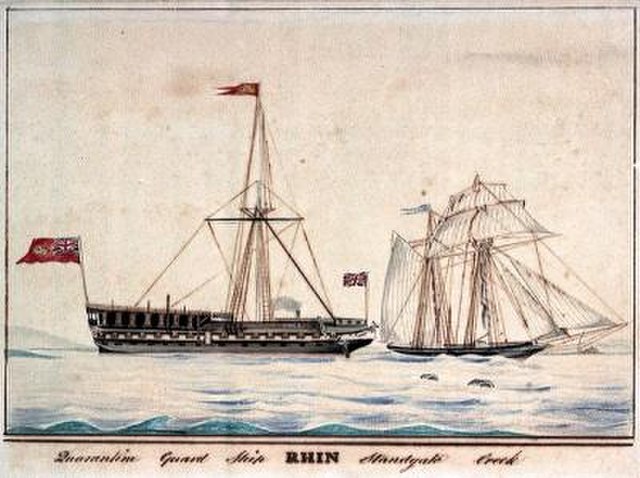A leper colony, also known by many other names, is an isolated community for the quarantining and treatment of lepers, people suffering from leprosy. M. leprae, the bacterium responsible for leprosy, is believed to have spread from East Africa through the Middle East, Europe, and Asia by the 5th century before reaching the rest of the world more recently. Historically, leprosy was believed to be extremely contagious and divinely ordained, leading to enormous stigma against its sufferers. Other severe skin diseases were frequently conflated with leprosy and all such sufferers were kept away from the general public, although some religious orders provided medical care and treatment. Recent research has shown M. leprae has maintained a similarly virulent genome over at least the last thousand years, leaving it unclear which precise factors led to leprosy's near elimination in Europe by 1700. A growing number of cases following the first wave of European colonization, however, led to increased attention towards leprosy during the New Imperialism of the late 19th century. Following G.A. Hansen's discovery of the role of M. leprae in the disease, the First International Leprosy Conference held in Berlin in 1897 renewed interest and investment in the isolation of lepers throughout the European colonial empires. Although Western countries now generally treat cases of leprosy individually on an outpatient basis, traditional isolated colonies continue to exist in India, China, and some other countries.

Spinalonga on Crete, Greece, one of the last leprosy colonies in Europe, closed in 1957
Taddiport in North Devon, England, formerly a medieval leper colony
Abandoned nun's quarters at the leper colony on Chacachacare Island in Trinidad and Tobago
Laoe Si Momo (Spring Water) leper colony was founded on August 25, 1906, in the Batak region of Sumatra, 10 kilometers from Kaban Jahe. Within five months it was home to 72 people affected with leprosy and by April 1921 colony included 280. The patients lived in small houses.
A quarantine is a restriction on the movement of people, animals and goods which is intended to prevent the spread of disease or pests. It is often used in connection to disease and illness, preventing the movement of those who may have been exposed to a communicable disease, yet do not have a confirmed medical diagnosis. It is distinct from medical isolation, in which those confirmed to be infected with a communicable disease are isolated from the healthy population. Quarantine considerations are often one aspect of border control.
US President Richard Nixon greeting the Apollo 11 astronauts in NASA's mobile quarantine facility
The quarantine ship Rhin, at large in Sheerness. Source: National Maritime Museum of Greenwich, London
Isolating a village in Romania whose inhabitants believe that doctors poison those suspected of cholera (1911)
The quarantine hospital building (lazaretto) at the historic Columbia River Quarantine Station near Knappton, Washington








